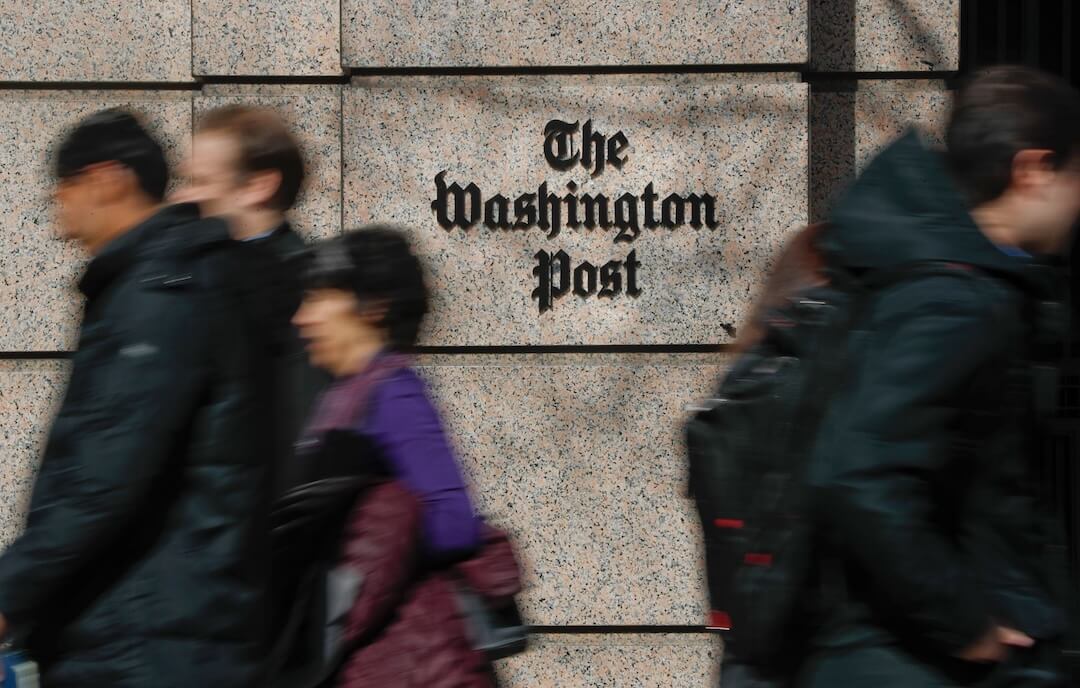Ballot and printing errors are nothing new.
In 2018, some voters in Wisconsin received incorrect ballots. In 2016, the Spanish version of ballots in New York City had an error. In 2012, a printing error led to problems with nearly 30,000 absentee ballots in Palm Beach County in Florida.
In each of these cases, election officials presented solutions to correct the mistakes. That hasn’t stopped the spread of misinformation about ballot errors in 2020.
After reported ballot errors in Ohio, California, New York and other states, there’s been an increasing number of conspiracies about a fair election and the security of mail-in voting.
Before you assume the worst about the elections process, make sure you have all the facts. Here are five tips on how to approach reports of ballot errors.
Get familiar with the facts on mail-in voting
It can be easy to lean in to popular pieces of misinformation about voter fraud and election security when you read about a ballot error. However, it’s important to stick to the facts. It has been proven time and time again that mail-in voting is a legitimate and secure way to vote that does not lead to voter fraud.
If you understand how mail-in voting functions in your state and the systems in place to keep it secure, you’ll be ready to approach misinformation.
Do a little research
Before making a judgment about a ballot error, do a little digging.
Try searching for keywords and practicing lateral reading, a strategy developed by the Stanford History Education Group. Open up several tabs and see what multiple sources are reporting.
Focus on the who, what, where, when, why, and how. You’ll be able to see the full scope of how significant a ballot error was and how many people could be affected.
Rely on your local supervisor or board of elections
Although ballot misprints and mistakes can be nerve-racking, experts say there are systems in place to fix errors. In Los Angeles, where 2,100 voters were mailed ballots that were missing the presidential race, every affected voter has been mailed a corrected ballot.
To find out if you were affected by an error, contact your local elections supervisor or board of elections. They’ll likely have the information about what happened, how they’re resolving the error and what you need to do to get your ballot counted.
Watch out for conspiracy-like content
Steer clear of conspiracy theories or conspiracy-like content. Mistakes on ballots can be the result of human or technology errors. So, before you believe a claim that a specific group or party is to blame for an error, try asking yourself these three questions, developed by the Stanford History Education Group.
- Who is behind the information? Do they have something to gain from you believing and sharing their content?
- What is the evidence? Do they cite sources that you can verify?
- What are other sources saying? Has more than one person confirmed the information?
Focus on your own ballot
Concentrate less on ballot errors that can be corrected and more on the mistakes you could make while filling out your ballot.
Forgetting to sign your ballot, using the wrong signature, not including witness signatures (where required) or not including a secrecy envelope could lead to your ballot being tossed out. In 2016 and 2018, 20% of the ballots tossed out were missing signatures, according to Axios.
Although all the changes to voting in 2020 can be overwhelming, it’s critical that we stick to the facts.
For more media literacy tips, take the MediaWise Voter Project’s “Prep for the Polls” text-message course.






